
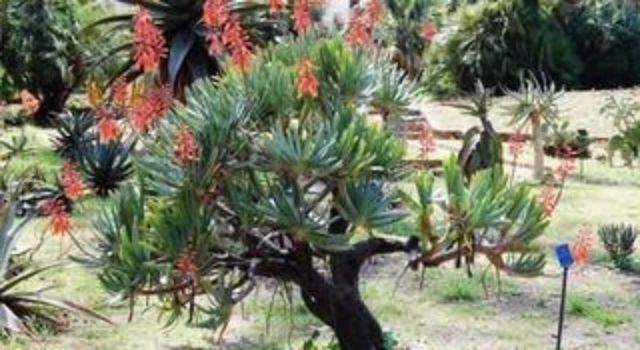
The Palermo Botanical Garden is the oldest of its kind in Europe and one of the best academic institutions in Italy. If you are an admirer of nature and want a break from the urban hustle and bustle, this green oasis of tranquillity is well worth a visit, as is the adjacent Villa Giulia park. In this article you will learn what awaits you there.
by: Eugenio Rusignuolo | 02 Oct 2021
The foundation of the Royal Academy of Palermo in 1779 led to the creation of a small botanical garden for the purpose of cultivating instructive medicinal plants. This soon outgrew its boundaries and so in 1789 planting continued at the present site.
Six years later, the garden was officially opened, expanded again in 1906 and today occupies an area of 10 hectares.
In its 200-year history, the botanical garden has played an important role in the study and dissemination of countless species of Mediterranean, tropical, subtropical and exotic flora in Sicily, Europe and the entire Mediterranean region.
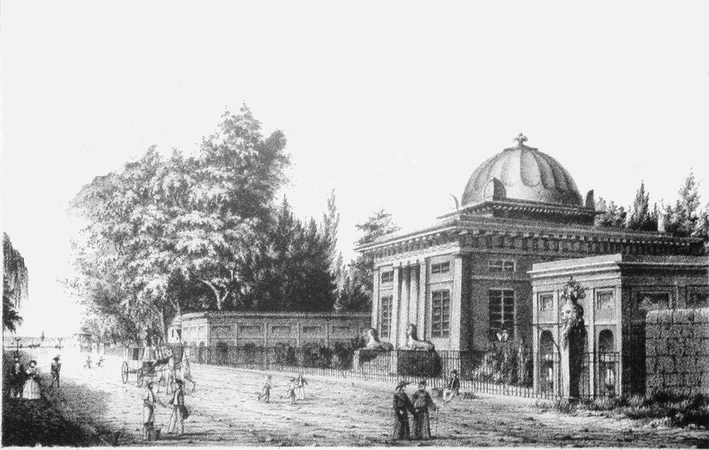
Goethe beautifully described the garden as the most wonderful place in the report of his trip to Italy in 1787. Goethe studied botany and as part of his studies he searched for an original plant in the Palermo Botanical Garden.
According to his thesis, all plant species could develop from this. According to tradition, he also used the term "original plant" for the first time during this trip to Italy.
Today there are about 12,000 species of plants that can grow in peace under the protection of the garden and Palermo's favourable climate. Under these conditions, the natural habitat of most plants is recreated and the growth of the plants and their flowers is facilitated.
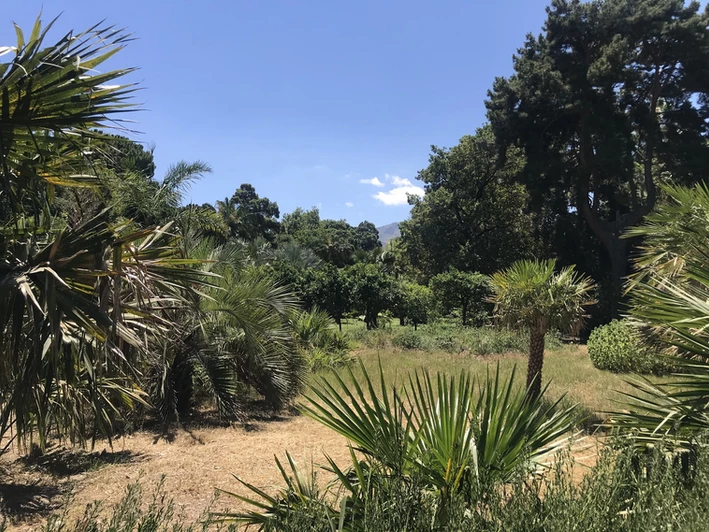
Many visitors to the park are delighted by the many cacti, palms or an avenue of orange trees, and those who don't just want to stroll thoughtlessly can find out more about the respective plants from the information signs.
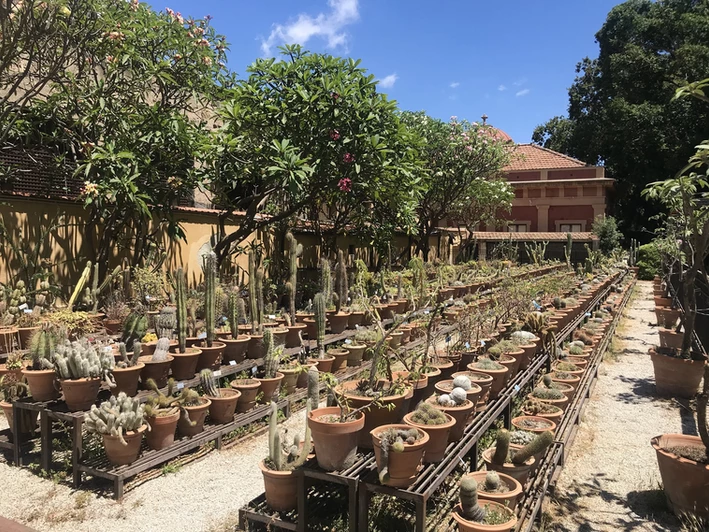
Founded in the great age of discovery, the gardens became an important reference point for the wider botanical gardens of northern Europe between the second half of the 19th century and the first decades of the 20th century.
Due to the favourable climate in Palermo, many unknown, poorly classified and exotic tropical species were brought there.
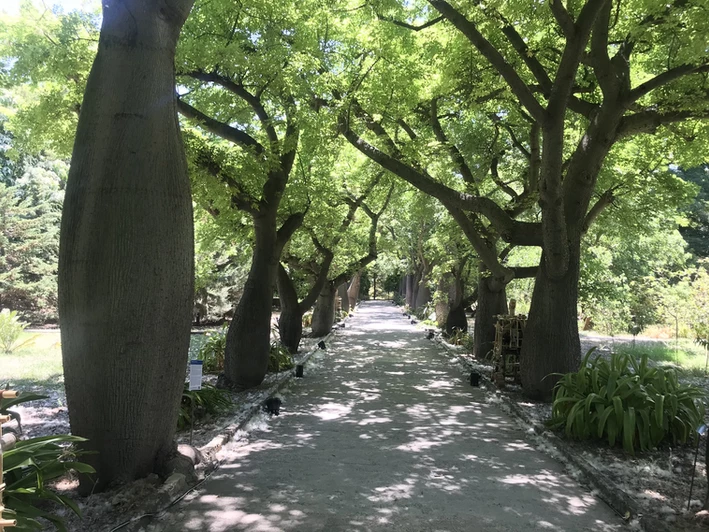
When you enter the grounds of "L'Orto Botanico" at the main gate, the neoclassical central building, the Gymnasium, looms large.
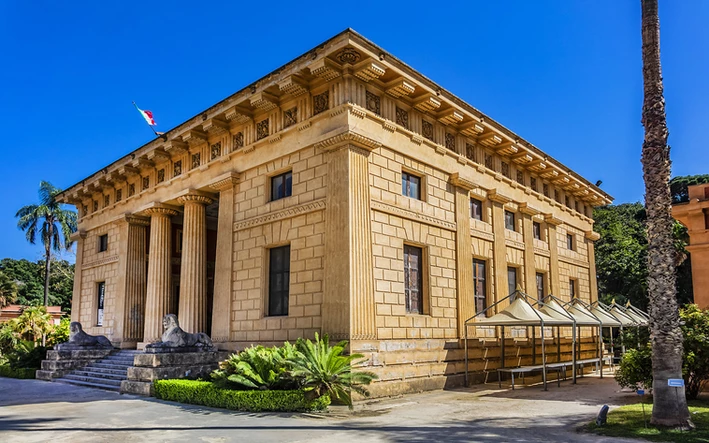
Statues remind visitors of original directors and chief botanists such as Bernadino da Ucria or Agostini Todaro.
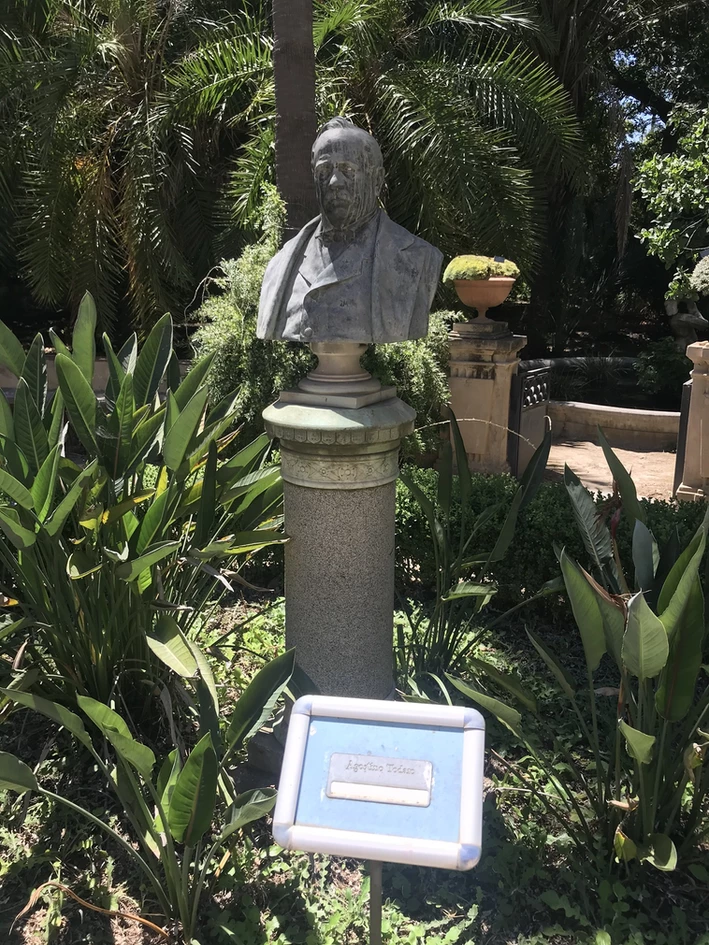
The French architect Leon Dufourny designed both the buildings and the original, oldest part of the garden, which was divided into four "quatrains" and in which da Ucria arranged the plants according to Linne's classification system. The early Linnaen plantings consisted of 1580 different species, of which 658 still exist today.
Here at the entrance were originally the botany school, the herbarium, the library and the director's office. On either side of the Gymnasium are two smaller, perfectly symmetrical buildings.
The first director of L'Orto Botanico, Giuseppe Tineo, supervised the construction of the front entrance monument, three buildings in perfect symmetry, the gymnasium, the calidarium and the tepidaium on either side. These got their name because they originally contained plants from hot and humid areas (caldo means "hot" in Italian).
A nice story about the botanical garden:
In some gardens in the city, like this one, there used to be a sign at the entrance saying that entry without children was forbidden. This was to prevent young people from gathering in groups in the gardens to loiter and drink. At the same time, they wanted to offer families a clean place where their children could play.
As a result, the children of Palermo thought of something. They walked around these gardens and as soon as they saw someone, they approached them and asked if they would like to be escorted into the garden for a few lira. Many childless adults accepted this offer and so the children had found a small source of income that financed their ice cream.
If you stroll down the central avenue from the gymnasium, you will come to a small square where the avenue of palms intersects. Here you will find the Aquarium, a magnificent round fountain.
It was a gift from the Archbishop of Palermo and consists of three circular basins, each divided into eight sections, each with its own group of aquatic plants.
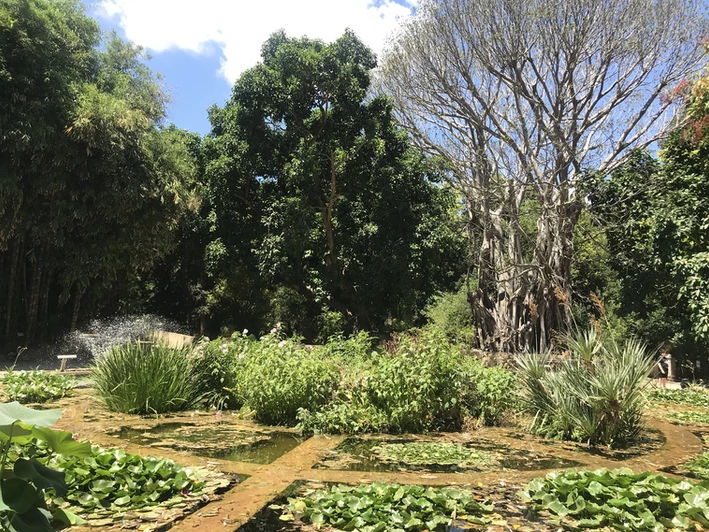
A few metres away from the aquarium is another wet object, the "lagoon", where plants are informally arranged. A bamboo hut, which visitors are welcome to explore, is also located here behind the aquarium and overlooks the lagoon.
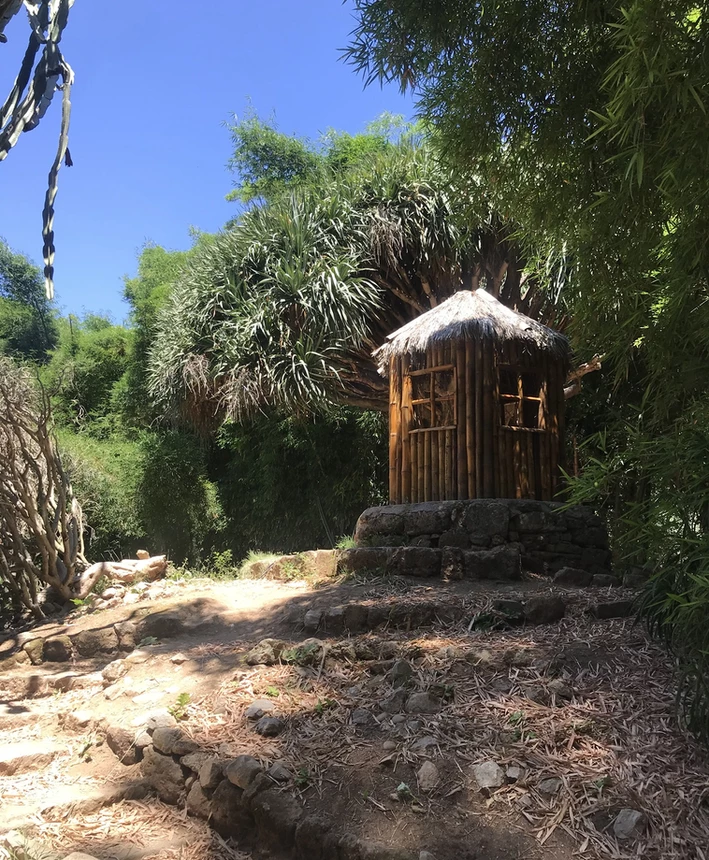
Returning towards the Gymasium, we reach another popular attraction of the park, the monumental Ficus Macrophylla (Moretan Bay Fig), the large-leaved fig, next to the entrance area. Thanks to its massive above-ground "aerial roots", it is also called an "aerial root tree".
It was planted here in about 1816 and is now the second largest tree of its kind in Palermo, with a height of 20 metres and a trunk circumference of 13.50 metres. Originally, the fig came to Sicily from Norfolk Island, a territory of Australia.
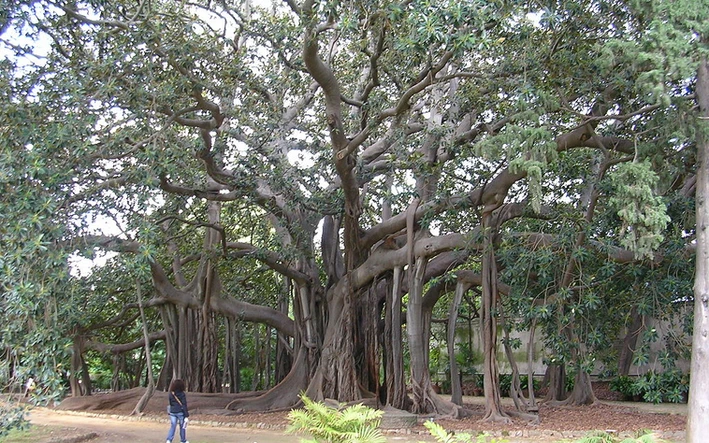
Over time, a number of greenhouses have been built, currently covering an area of about 1,300 square metres. The oldest of these greenhouses is Serra Maria Carolina, a gift from King Maria Carolina of Austria, sometimes called Giardino d'Inverno (the Winter Garden).
It was originally made of wood and heated with stoves and was completely restored in cast iron in the second half of the 19th century. The conservatory houses a number of species that are native to warmer climates.
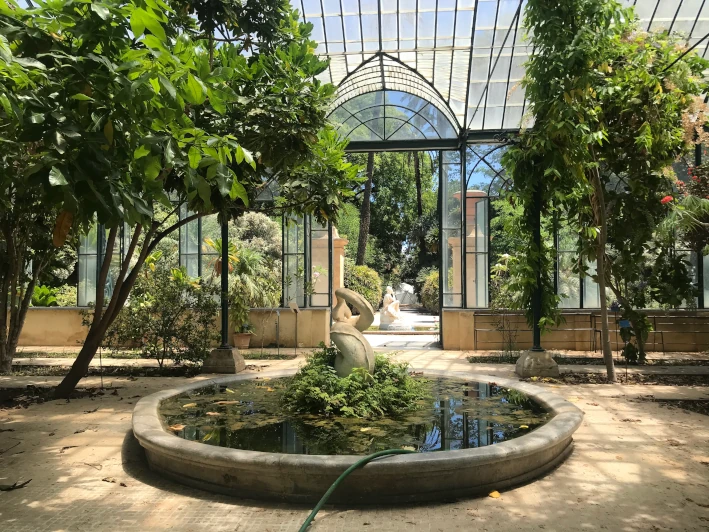
In the trial zone at the side of the conservatory, tropical and subtropical plants are grown for study purposes. Current or previous trials have involved wheat, tomatoes and sugar cane.
The practical plant region, which runs through the south-western part of the gardens, is a region for plants that produce a variety of oils, resins and fibres.
Often referred to as the Nuovo settore (new area), it comprises the southern area of the gardens, where the plants are arranged according to Engler's classification scheme and divided into four parts.
In case you don't know what a herbarium is, it is a collection of dried plants and leaves. So it is more or less a plant archive for scientific purposes and botany lovers. With almost 400,000 specimens today, the herbarium in the Botanic Garden is a huge archive that has been maintained since the beginning of the 19th century.
It also grew to its present size with the addition of the collections from Siculo and General. The herbarium is located in some buildings next to the gardens and occupies an area of 6,000 m2.
The collection, consisting of vascular plants, ferns, mosses, liverworts, algae, fungi and lichens, come from Sicily as well as from many other parts of the world, including Australia, Africa, Central and South America and, of course, Europe.
The herbarium contains an interesting collection of dried fruits (carpoteca), seeds (spermoteca), wood samples (xiloteca) and numerous fruits preserved in alcohol dating back to the early 20th century.
Further archiving has taken place since 1993 in the gene bank, which is part of a larger initiative aimed at preserving the genetic material of the region. The main goal of the bank is to conserve all seeds that are native, rare or endangered in the region, both in the short term and in the long term.
Our tip:
After a tour of the Botanical Garden, you can enjoy a cool drink or a meal at the Cafè Talea at the entrance to the Gynnasium before continuing on.
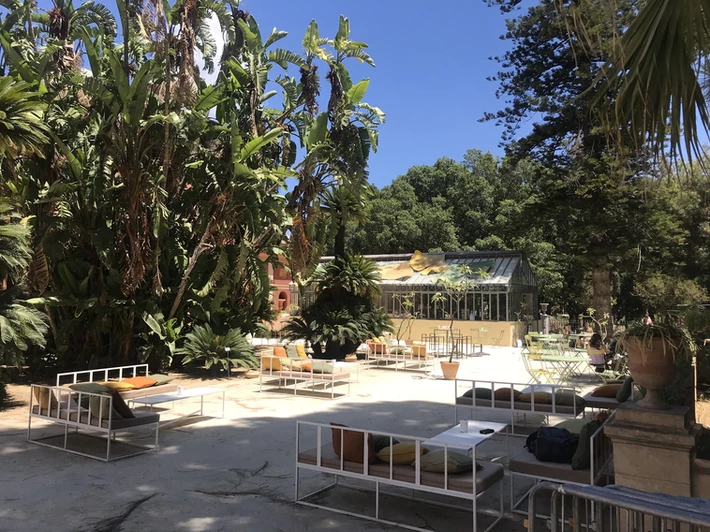
To the east of the Botanical Garden borders the Villa Giulia park, which was opened in 1778 as the first public park and took its name from the wife of the Viceroy at the time.
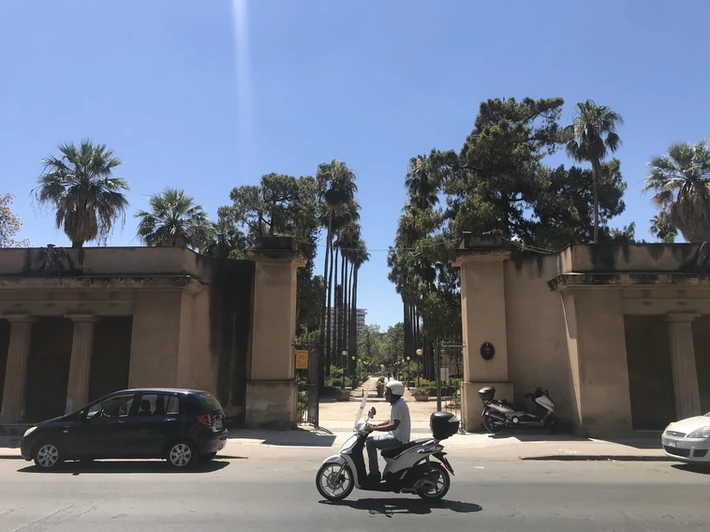
When you enter the park, an avenue leads you directly into the centre of the park.
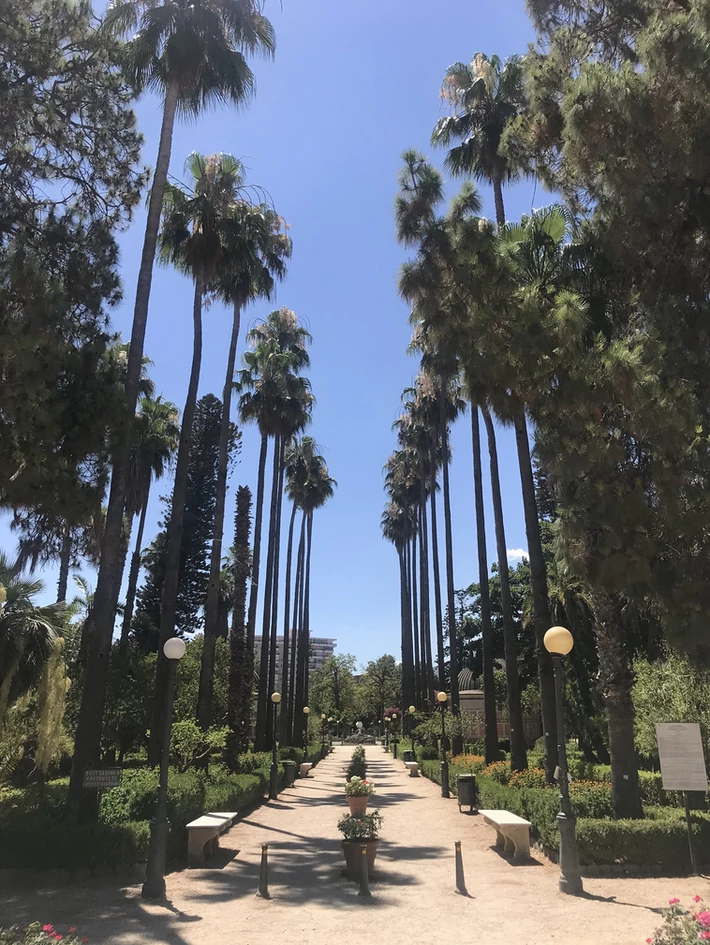
Worth seeing in the park are the four niche-like buildings in the neoclassical style, so-called exedras, which stand in the central square and seem to guard a sundial in the middle of the square.
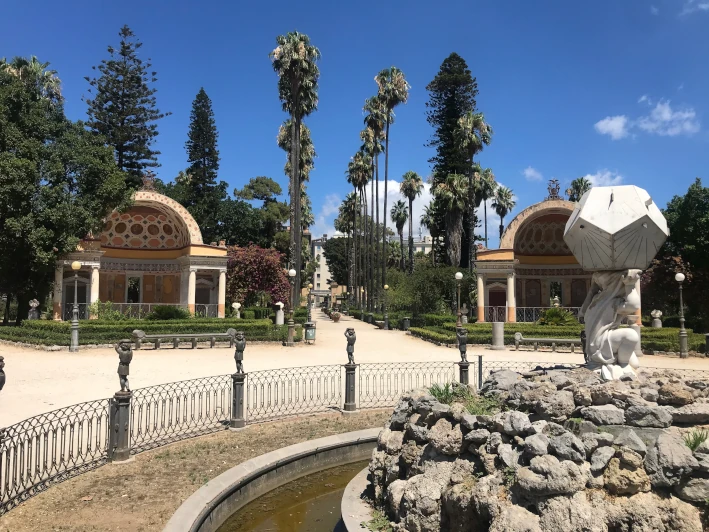
The park is also home to the Fontana del Genio, which is well worth seeing.
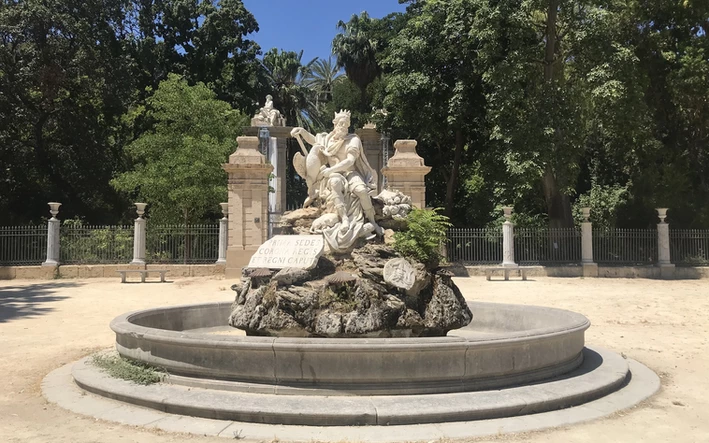
Our tip:
If you visit the Botanical Garden and Villa Giulia in order, we recommend you leave the park at the portico with bronze lions.
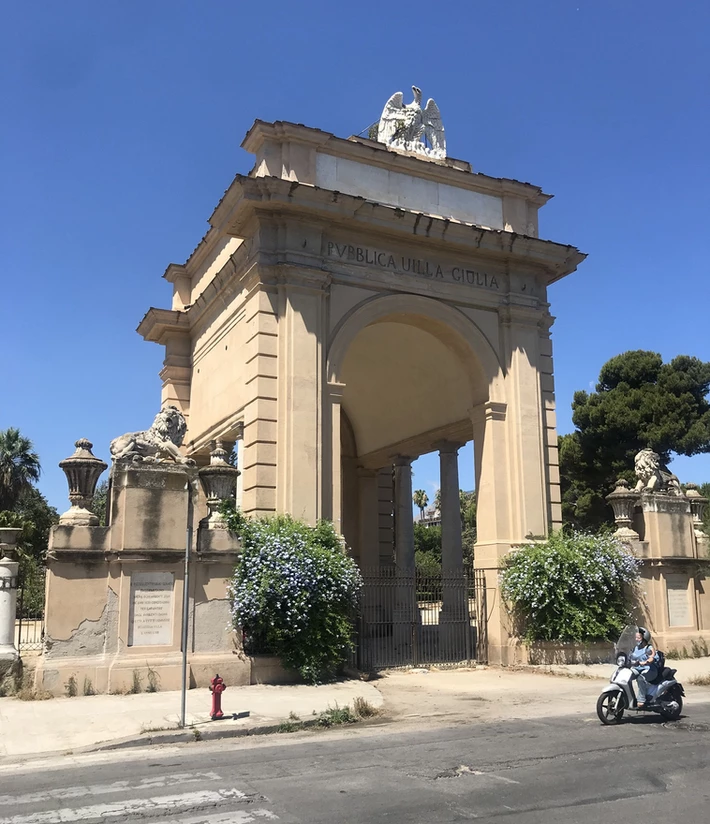
Just cross the road and you will reach the Foro Italico, a seaside garden complex that connects La Kala harbour bay with the south of Palermo.
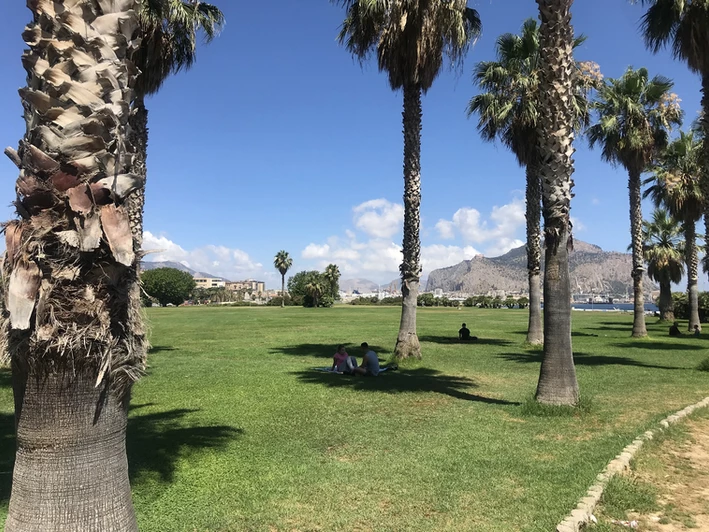
Our conclusion on the Botanical Garden
The Swedish austerity of Linny's plant order on the one hand, the exotic wild charm on the other. The botanical garden offers you the opportunity to unwind after a stroll through the city, to follow in Goethe's footsteps and to lose yourself in daydreams among the bright colours of the garden and the villa.
In some travel guides and forums we read again and again that the park is not recommendable. We absolutely cannot understand that.
Here, in this unique place, you virtually leave the capital and immerse yourself in an oasis where you will only hear animal sounds and marvel at a unique variety of plants. We recommend that you take advantage of this opportunity when you visit Palermo.
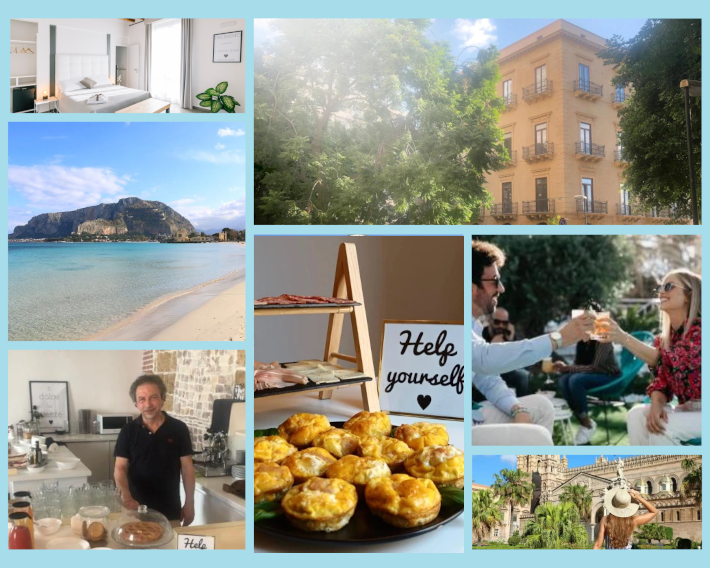
Many travellers want quality accommodation with an authentic atmosphere. At Boutique BnB Dolcevita we offer modern rooms and warm service so you can feel like a local for a while.
More info on the Boutique BnB Dolcevita